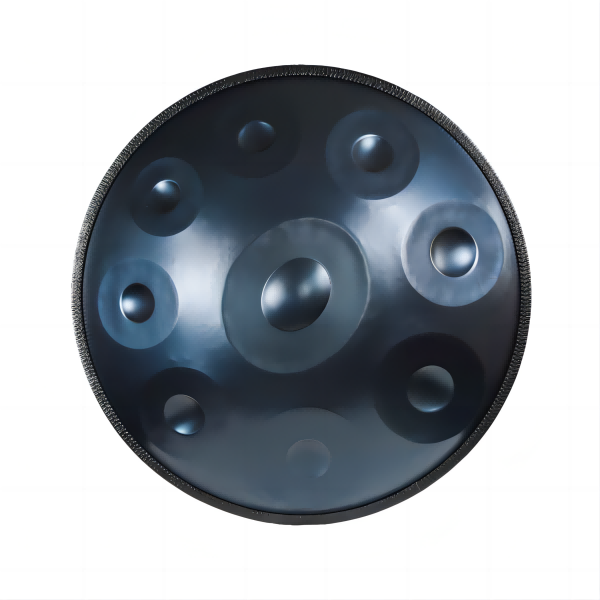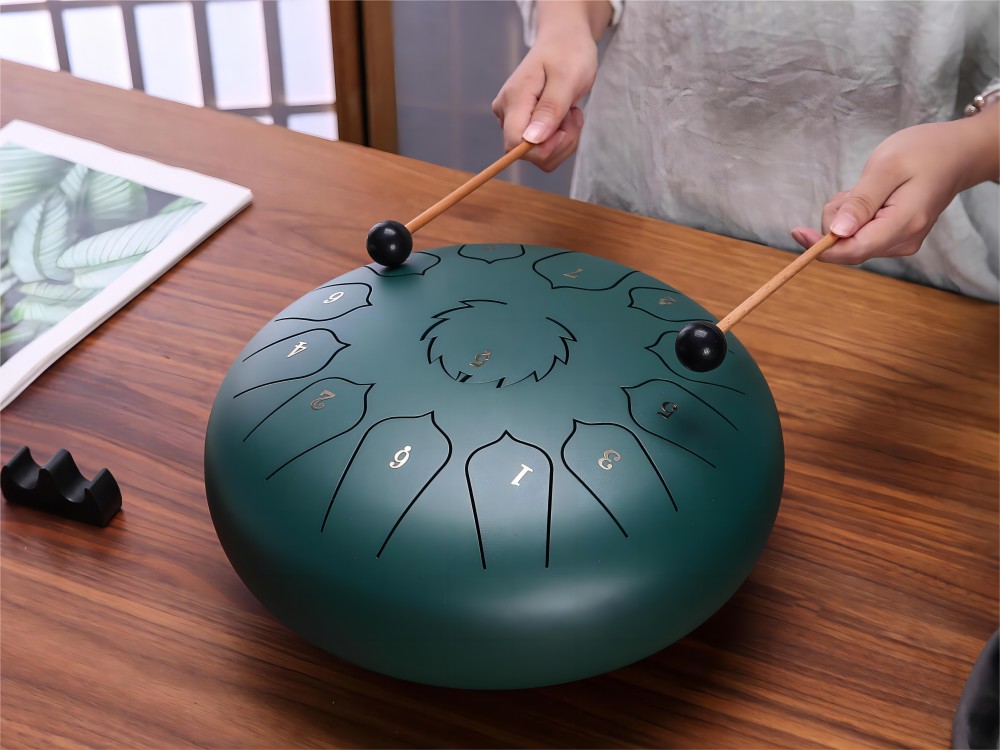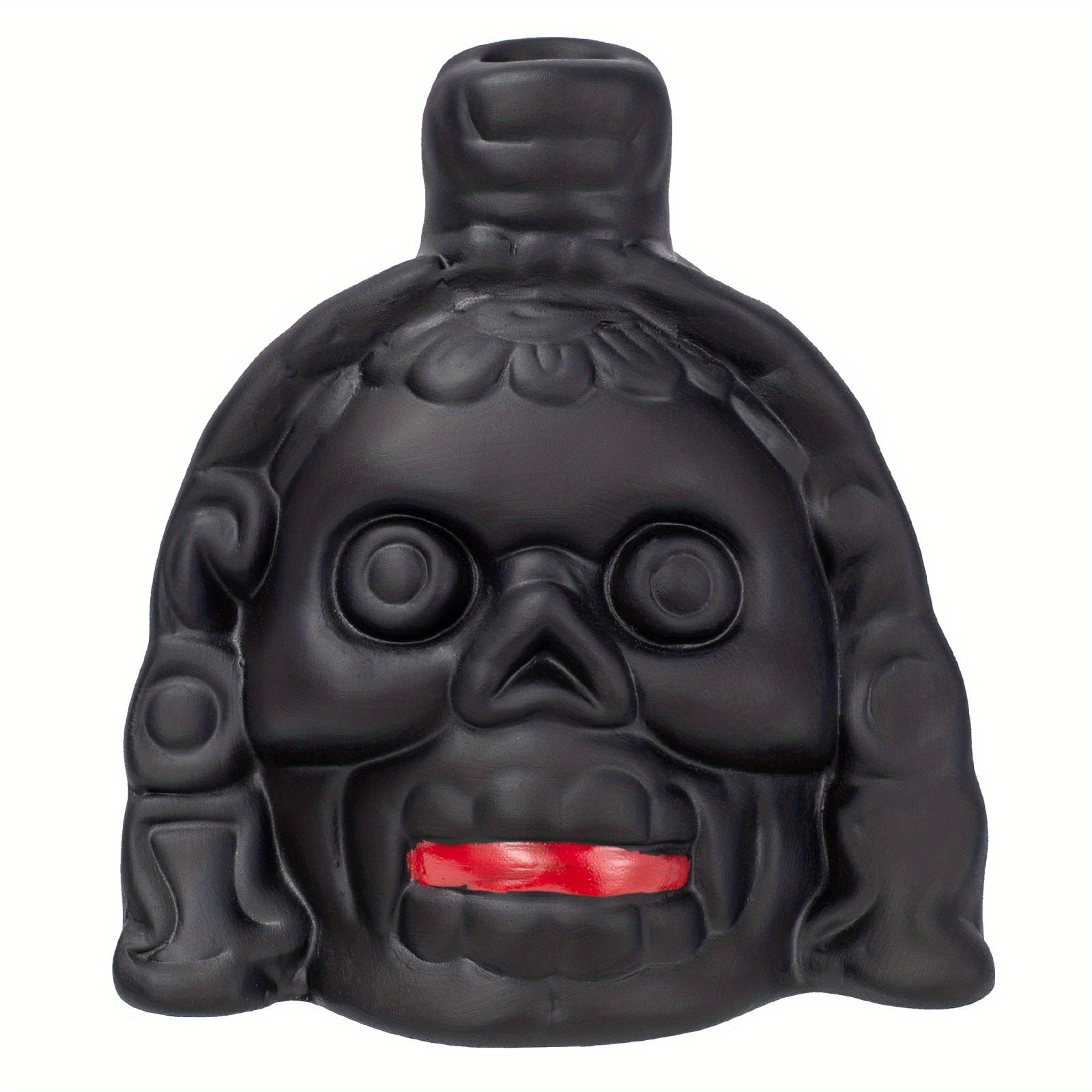
Tongue Drum and Handpan are very popular among musical instruments lovers in recent years. So what’s the difference between Tongue Drum and Handpan? As tongue drum and handpan manufacturer, here are comparison in terms of Production method, Method of playing and Price.
What’s a tongue drum?
Tongue Drum, also known as Tank Drum or Hank Drum, are named for the tongue-like steel cutouts on their surface that form the notes.

When strick these tongue-shaped steel cutouts with a mallet, they vibrate to produce melodic tones. The distinctive sound is soothing and harmonious, making them a popular choice for music therapy and meditation.
What’s a handpan?
Handpan, also known as Hand Drum, pantam, is a raised hemispherical metal musical instrument made from two convex pieces of steel bonded together.

We strike the hand pans with our hands, emitting their sound in all directions, filling the room with vibrations and resonance. The healing effect on our mind and releases stress, making the hand pan one of the most effective instruments in sound therapy.
Difference between tongue drum and handpan
Production method
- The tongue drum is tuned with its range cut or laser-engraved into the instrument, making it difficult for the instrument to go out of tune.
- With special hammers, the handpan’s range is created. Any slight distortion from impact or poor playing can deform the metal plate and detune the instrument.
Price
- Tongue drums are usually relatively inexpensive and may range from a few tens to a few hundred dollars, depending on their size, material, and manufacturing process. Smaller tongue drums are usually less expensive, while larger or customized tongue drums may be more expensive.
- Handpans are much more expensive than tongue drums because the production process is much more complicated. Hand disks need skilled workers to strick thousands of times on just one half-shell with manual or pneumatic/air hammers , which means a lot of time and effort.
Tone
- Tongue drums are usually smaller but heavier than hand pans. They use thicker steel and resonate for a much longer period of time than a handpan therefore they have a contemplative, calm and quiet sound.
- Handpansare louder and fuller sounding than steel tongue drums, they have a clearer tone and a brighter, smoother sound with medium to high sustain and a mesmerizing, magical sound.
Structure and shape
- Tongue drums areflat, round metal drum with a raised tongue-like portion, usually mounted on or around the top. They are usually small and portable, and are generally between 12 and 16 inches in diameter.
- Handpans are raised hemispherical metal instrument, usually consisting of two interconnected grooves with a raised dome in the center. Handpans are usually large, about 20 to 24 inches in diameter.
Method of playing


- Tongue drumsare played with a rubber mallet. The player produces the notes by striking the tongue section with the mallet.
- Handpans areplayed with the hands, hence the name. The player produces notes of different pitches by striking different grooves with the fingers or palm of the hand.
continue reading

